Compost is so vital for our plants! It is one of the most important items that you can add into your soil mix when growing food to help your plants thrive!
Making your own compost is a great way to reuse and recycle a lot of the waste from your kitchen and garden. It’s good for both the environment and your plants!
If you have all the right ingredients when you make your compost then you won’t need to fertilize your plants! Fertilizer is kind of like compost in that it has nutrients for the plants, but only has specific nutrients extracted out in high doses. When made right, compost will give you a balanced source of most all the nutrients your plants will want!
Ways to Compost
Make a compost pile
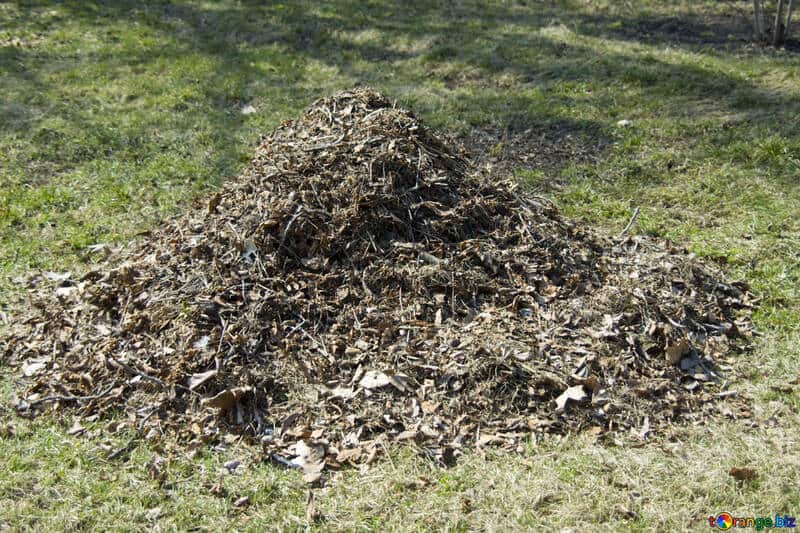
- This is the fastest way to get started!
- Find a section of your yard to make a pile at least 3’x3′.
- Start adding piles of your compost in layers!
Create an outdoor compost bin
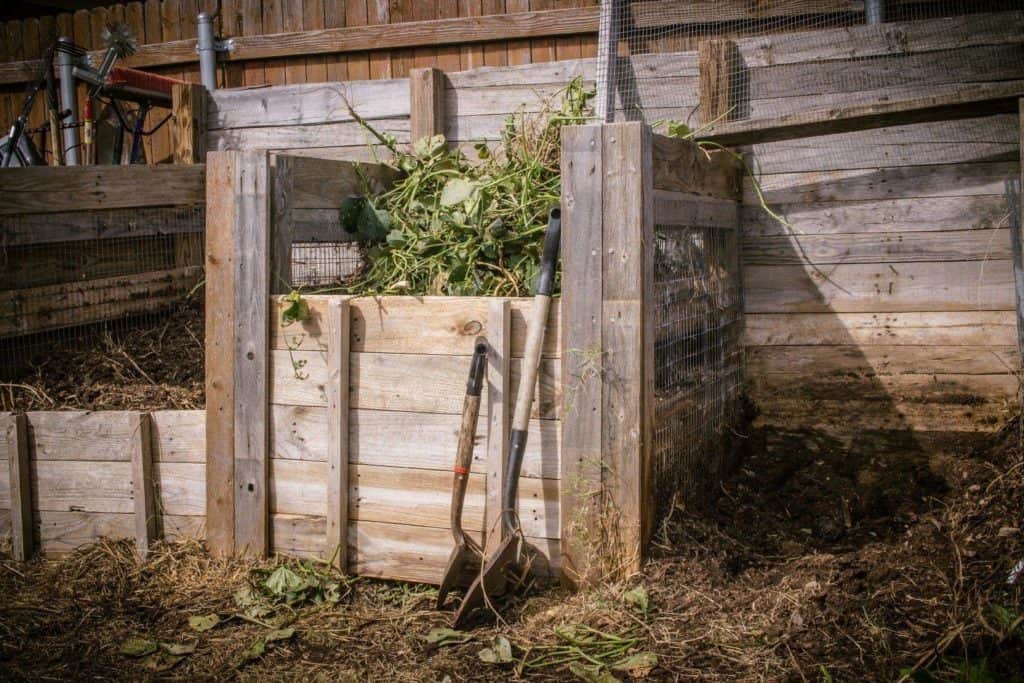
- If you have the room, this is a great option!
- We made our own compost bin from pallets. Check out the video below to see more details on how to make this.
- Start layering different types of compost into your bins.
This video shows our DIY pallet compost bin. We talk about how we built it, show some ways we’ve adjusted the design, and talk about how we make our compost.
Worm Bin
- This is the easiest way to get started and the best if you are short on space or want to compost indoors!
- We have our worm bin on our back porch right outside our kitchen. We add kitchen scraps directly into their bin along with shredded paper.
- Add their castings directly into your garden for some amazing results!
What to Compost?
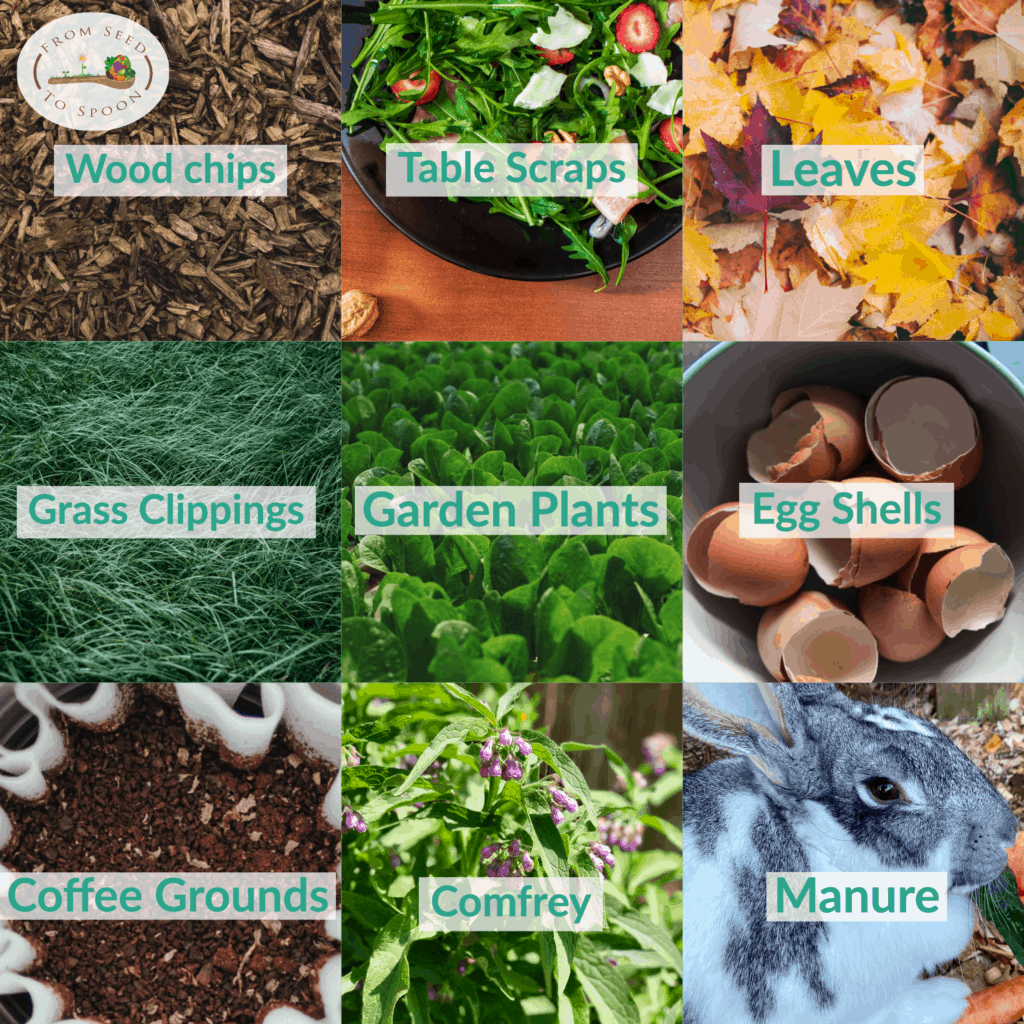
You can compost so much of your waste from your kitchen and your garden into your bin! The key to adding in compost is to have different types of ingredients in layers and try to have a balance of the “green” (nitrogen) and “brown” (carbon) compost. Some of the most common include:
- Wood chips
- Table scraps (fruit & vegetables)
- Can take awhile to break up sometimes if in large chunks.
- We find that a better way to utilize these table scraps is to give them to our worms because they break them down faster.
- Leaves
- Will break down faster if shredded
- Grass clippings
- Only add if there are no weeds & seeds!
- Garden plants
- Only use disease free plants
- Egg shells
- Worms enjoy egg shells also!
- Coffee grounds
- Save your own every morning or pick up from your local coffee shop!
- Comfrey
- Amazing plant that adds lots of nutrients into your soil from their deep roots. They will break down fast in your compost pile!
- Manure
- Rabbits and chickens are great sources!
- We have a pet rabbit and also use her bedding of pine shavings in our compost bin as well.
- Paper
- This includes newspaper, junk mail, and cardboard!
- Our favorite way to utilize this is to place shredded paper into our worm bin for the worms to break down for us.
This video talks about the benefits of using your own compost and how easy it is to do it right in your own backyard! We talk about our compost bin, growing comfrey, rabbit manure, worm castings, and horse manure.
Compost Care
If you decide to go the route of the compost bin or pile, you will need to perform a few tasks to upkeep your compost:
- Turn compost once every 2 weeks.
- Ideally, you want your compost to heat up before it’s turned. The goal temperature is between 90-140 degrees F.
- You can purchase a thermometer on Amazon that will help you make sure that your compost pile is staying at the optimal temperature level.
- Keep moist. Water weekly if you haven’t gotten any rain.
If you keep up with turning your compost and keeping it warm and moist, then you could start to have great compost for your plants within a few months!
How to Use
- Use your compost in your own DIY soil mix for your garden beds.
- Use as a “fertilizer” to your plants in the spring and fall by adding in a couple scoops to the base of your plant.
- Make “compost tea” (which is basically a fertilizer) by adding a shovel scoop of compost into a 5 gallon bucket with water. You will either need to mix this several times a day or purchase an aerator that will keep air flowing through your “tea”.
Buying Compost
If you want to get started right away and don’t want to wait for your compost bin to give you your return, you can always purchase bulk compost as well. The best place we have found here in Oklahoma City is Minick Materials where we can get a variety of different types of compost (even zoo poo!).
If you do decide to go the route of purchasing compost or adding in ingredients from an outside source, make sure that you test it before you use it in your garden beds. It will take a couple weeks, but it is well worth the wait to make sure that you don’t have tainted compost! We’ve found this out the wrong way and trust me you don’t want to have to deal with what we did… 😫
Learn more about growing over 100 different foods, including how to manage various pests in our FREE iOS, Android, or new Universal Web App!

Carrie Spoonemore, co-founder of “From Seed to Spoon,” stands as a beacon of inspiration for gardeners and health enthusiasts alike. Her journey alongside her husband, Dale Spoonemore, in creating a platform that demystifies gardening and promotes a healthier lifestyle, has made a significant impact on individuals around the globe. Through the “From Seed to Spoon” app, Carrie has dedicated herself to empowering people to take control of their health and environment by growing their own food.
With a profound belief in the power of gardening to improve mental and physical health, Carrie’s contributions to the Seed to Spoon blog reflect her holistic approach to wellness. Her articles often focus on the nutritional benefits of homegrown fruits and vegetables, organic gardening practices, and the mental health benefits of spending time in nature. Carrie’s expertise in health science shines through in her detailed discussions on how specific plants can contribute to a balanced diet and overall well-being.
Carrie’s passion for gardening is deeply intertwined with her commitment to family and community wellness. She frequently shares personal stories of how gardening has brought her family closer together, offering practical tips for involving children in gardening activities and making it a fun, educational experience. Her writing encourages families to explore gardening as a means of spending quality time together while learning about nature and sustainability.
In addition to gardening advice, Carrie’s contributions to the blog include insights into the use of technology to enhance the gardening experience. She has played a crucial role in designing the “From Seed to Spoon” app to be user-friendly, ensuring that users of all ages and backgrounds can navigate the complexities of gardening with ease. Her vision for the app is not just as a gardening tool but as a vehicle for change, inspiring individuals to adopt a more sustainable lifestyle by growing their own food.
Carrie Spoonemore’s presence on the blog is marked by her compassionate approach to teaching and her unwavering belief in the transformative power of gardening. Her work continues to inspire a community of gardeners to pursue a healthier, more sustainable way of living, proving that with the right tools and knowledge, anyone can become a gardener and advocate for their health and the planet.

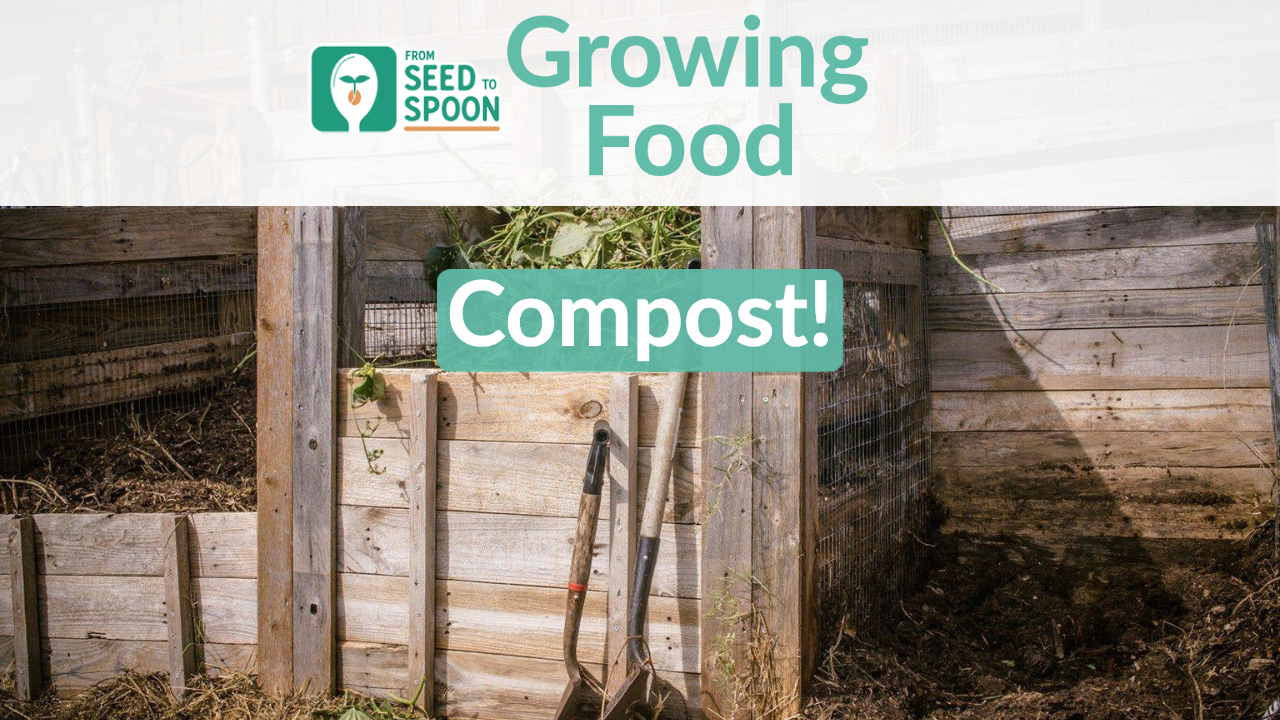
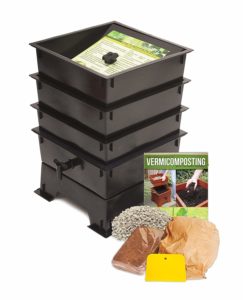
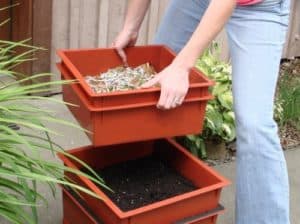
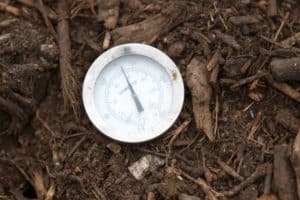
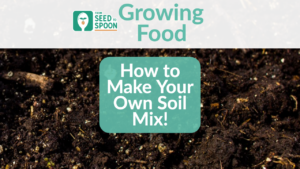
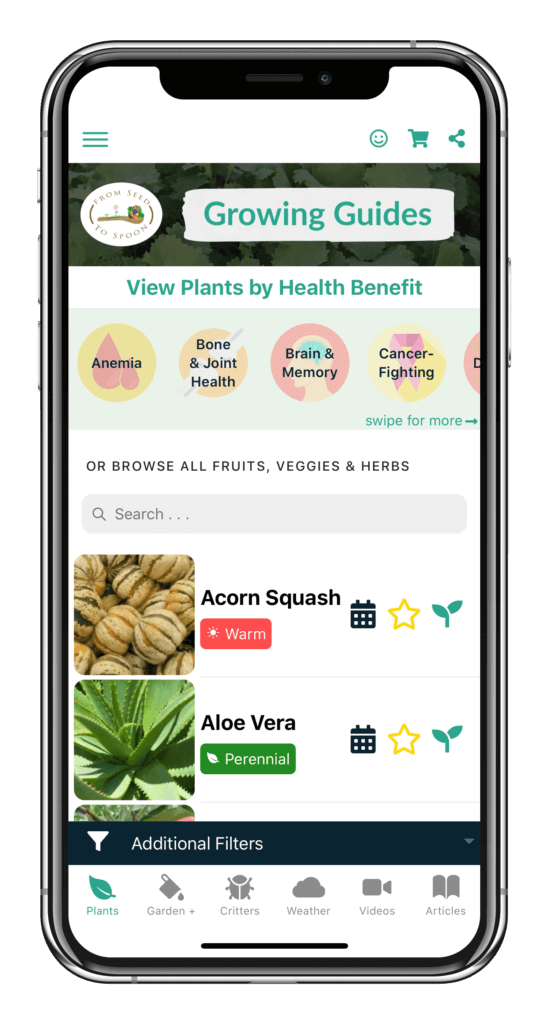

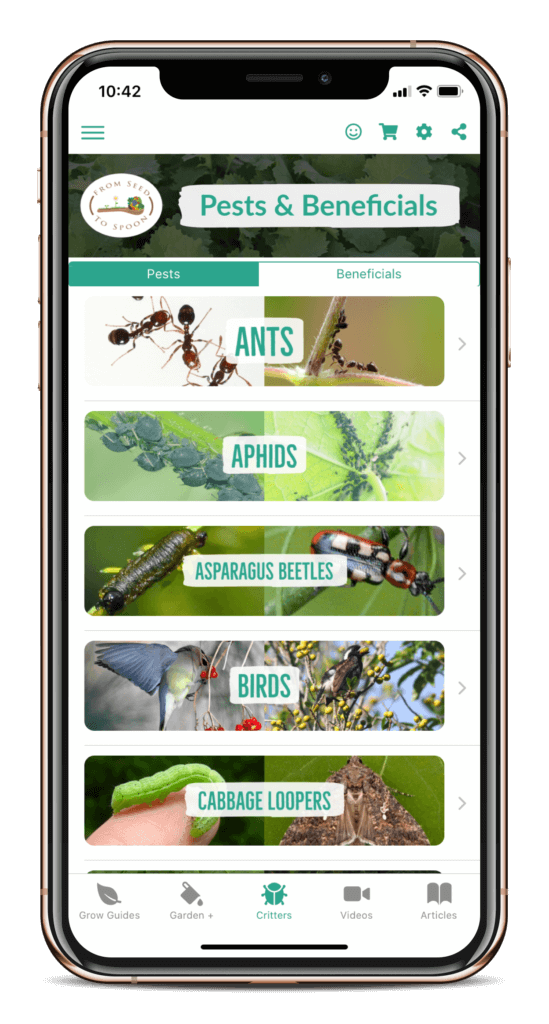






3 thoughts on “Turn Your Kitchen Scraps and Waste into Plant Gold by Composting!”
Making your own compost is a great way to reuse and recycle a lot of the waste from your kitchen and garden. It’s good for both the environment and your plants!
Thanks
We deal with a lot of green waste at our facility. People don’t realise how valuable their green waste really is. Compost teaches us about life, turning waste into roses.